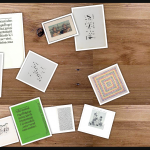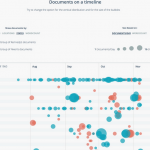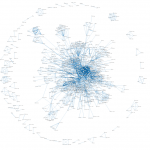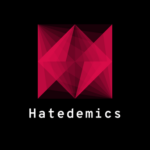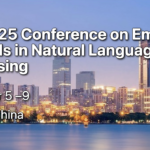Three papers submitted by members of our group have been accepted at the Annual Conference on Digital Humanities (DH2016) to be held in Krakow, Poland:
“Building Large Persons Networks to Explore Digital Corpora” (G. Moretti, S. Tonelli, S. Menini, R. Sprugnoli)
Although representing large corpora through the network of persons interactions has become quite popular in the Digital Humanities community (Elson et al. 2010), several parameters can have an impact on the resulting network, especially when it is automatically extracted. In this work, we present a step-by-step procedure to extract persons networks from documents and select possible configurations in order to increase readability and ease the interpretation of the obtained information. We also discuss some open issues of the task. We rely on the same assumption as for word co-occurrence networks: two persons who tend to be mentioned together in a corpus share some commonality or relation from the authors perspective.
“Visualisation Strategies for Comparing Political Ideas with the ORATIO platform” (T. Elli, G. Moretti, R. Sprugnoli, M. Mauri, G. Uboldi, S. Tonelli and P. Ciuccarelli)
In this work, we present a collaboration between communication design and natural language processing (NLP) researchers, devising effective strategies to display different aspects of the semantic content of texts. The outcome of the collaboration is the ORATIO platform, specifically developed to compare different points of view automatically extracted from text. The most challenging tasks, indeed, concern the visualisation and the exploration of differences and overlaps detected through automated text processing.
“Collecting judgments on Artworks through a Similarity Game” (G. Moretti, S. Tonelli, R. Sprugnoli)
We present a playful activity (see picture below) to be performed by pairs of users in order to collect similarity judgments about artworks. The final goal of this task is to have indicators concerning how people perceive artworks and how they judge their similarity. We are also interested in comparing such judgments with the opinion of art curators, and see whether users contribution can be integrated in the arrangement of a virtual or physical exhibition in view of a crowd-curation approach.
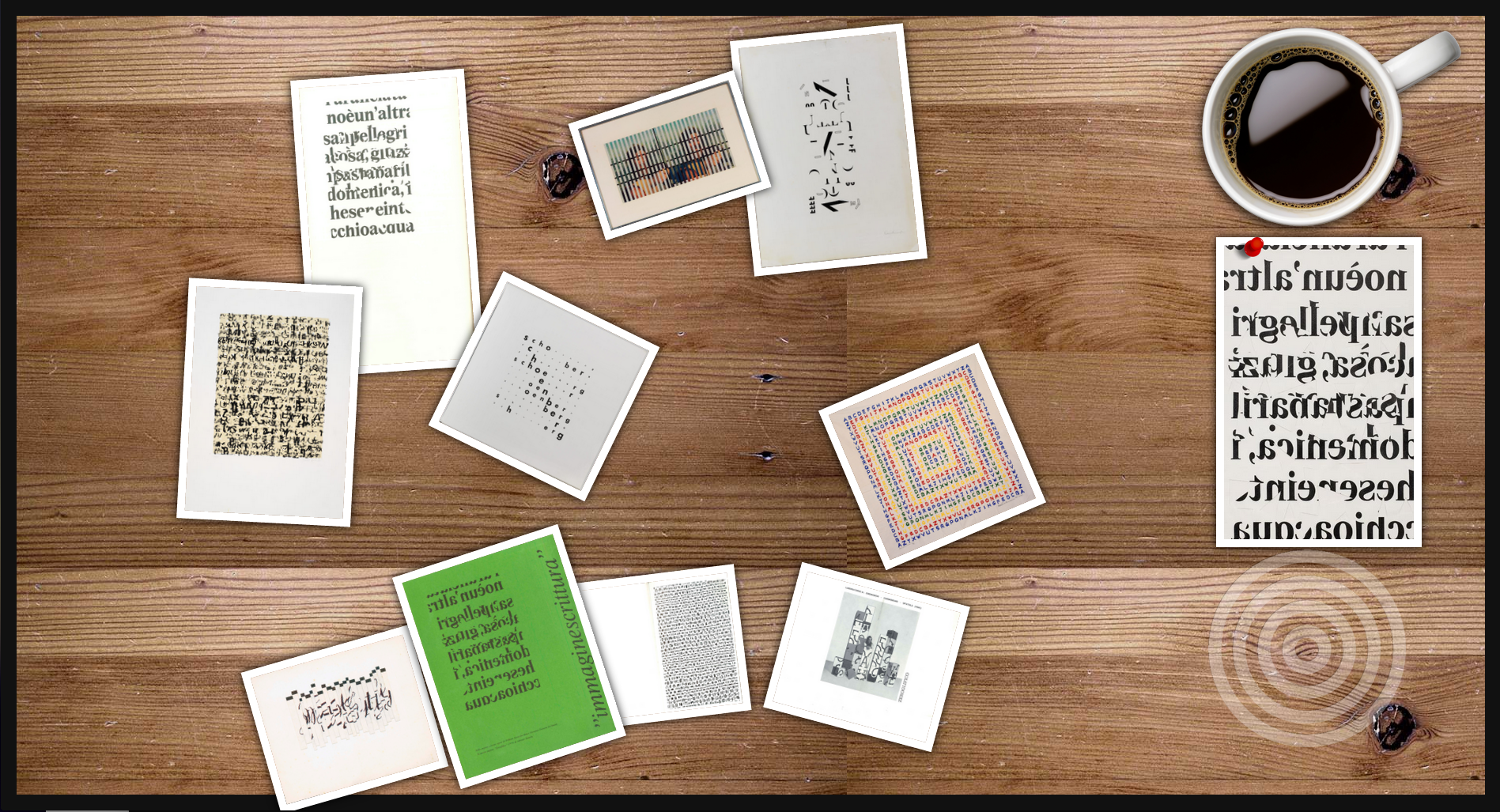
Website:

